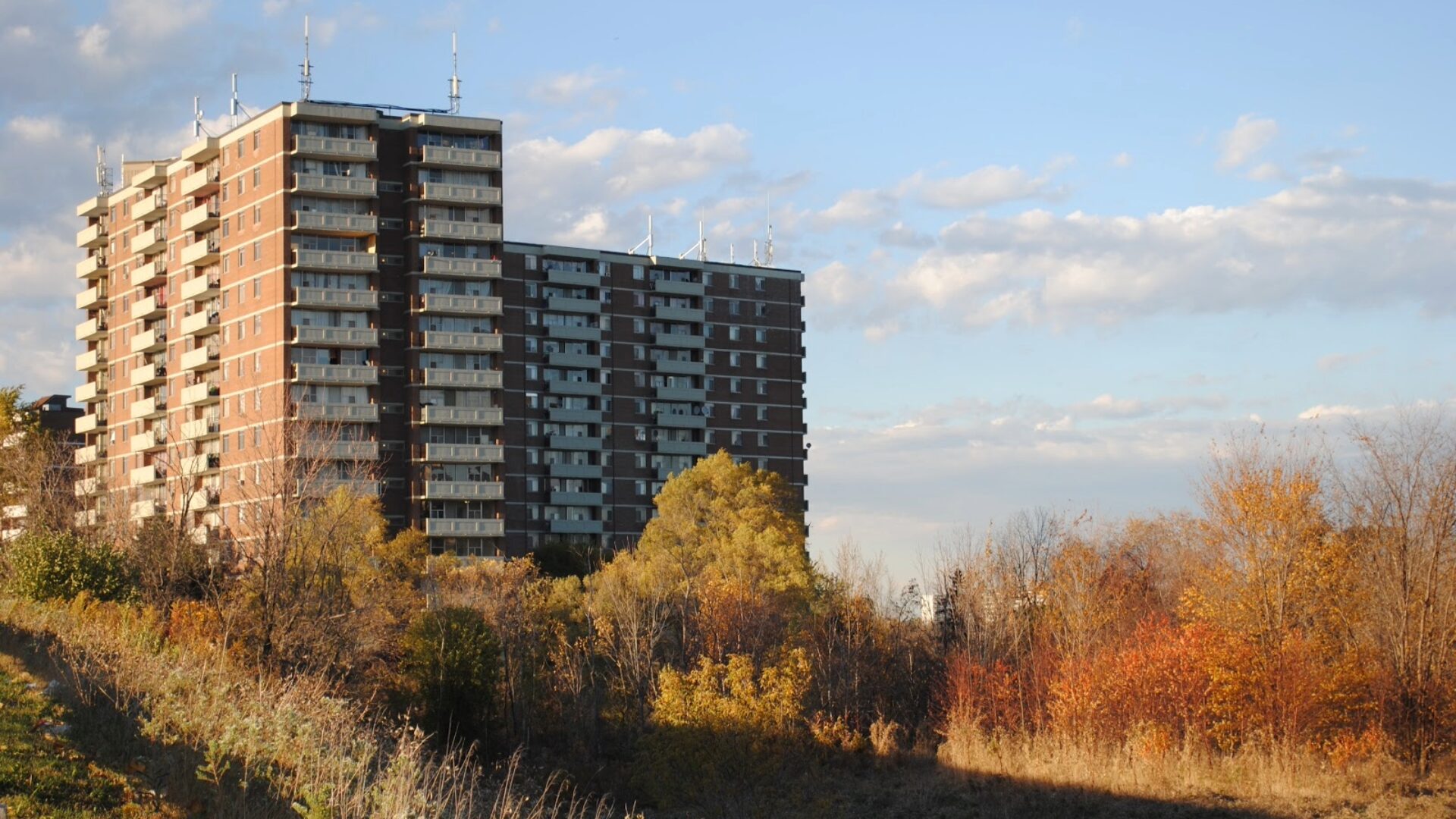Our Insurance Law group at Davidson Cahill Morrison LLP has been seeing a steady increase in title insurance claims. Typically, these claims are made by homeowners that purchased title insurance at the time they purchased their home. As title insurance has been purchased on most residential transactions in Ontario for over 30 years it is not surprising that we are seeing more homeowners making claims. This is the first in a series of commentaries designed to help the reader get a better understanding of the policy that was sold, and delivered to you, by your lawyer after your closing.
This first (and the next) commentary will focus on an area where we see many claims – “Building Permit” claims. If you work in the personal injury field, as I do, I believe you will find these commentaries interesting. We often find ourselves in the situation where our clients are compelled to make home modifications to accommodate a disability sustained in a motor vehicle accident. Once home modifications are commenced by a contractor, we are often advised that work cannot move forward due to Building Code (Ontario) issues which make all, or part, of the structure potentially unsafe. If your client has title insurance, and you discover an open building permit, and a municipal inspection leads to work orders or an Order to Comply under the Code, do continue to read on into these commentaries.
One of the first cases in Ontario to consider title insurance coverage involved a very common building permit situation. A couple in Toronto (the “MacDonalds”) purchased a two-storey home and a title insurance policy in 2006. A prior owner of the home had removed ‘load bearing’ structural walls on the ground floor seeking the ‘open concept’ layout that has become popular. In 2013 the MacDonalds realized their home was unsafe, and likely had been since 2006 or before. An Engineers Report confirmed it was unsafe and the City of Toronto issued an order (a “Work Order”) requiring that the McDonalds ‘shore up’ the missing structure that had been removed without the prior owner obtaining a building permit.
When they bought the home their lawyer sold them a title insurance policy from Chicago Title, one of the three US based companies that enjoy 95% of the Canadian market. Chicago denied their claim. The MacDonald’s policy included the following as a “Covered Risk”:
“16. You are forced to remove your existing structure — other than a boundary wall or fence — because any portion of it was built without obtaining a building permit from the proper government office or agency.”
Chicago Title took the position that the City of Toronto was not forcing them to ‘remove’ anything. The City was requiring the MacDonald’s to ‘shore up’ the structure because too much had already been ‘removed’. The MacDonald’s had done the necessary ‘shore up’ work before claiming under their Chicago Title policy.
In the Superior Court MacDonald, J. (no relation to the Insured) agreed with Chicago Title and denied coverage:
“…the city’s order did not force the [MacDonalds]either to remove or to fully repair their home. All that the order forced them to do was to temporarily support the floor structure…”
The Court additionally held that there was no coverage as the MacDonald’s ‘title’ or ownership interest was not affected by the City’s Work order as work orders are not registered in the Registry office against the title:
“Insurance is provided for the covered risks as described, but only if they affect the applicants’ title. The applicants own the entire right, title and interest in the lands and premises just as they did before they knew of the deficient and dangerous nature of what they purchased. Their title is as marketable now as it always was, although it is marketable now subject to any duty to disclose the nature of the home, and thus for an amount less than they paid for it.” (emphasis added).
The MacDonald’s appealed.
There is an old maxim that “hard cases make bad law”. The Court of Appeal clearly sympathized with the MacDonald’s plight but, with respect, they interpreted Chicago’s policy in a way that, in hindsight, seems forced. I say in hindsight because as I will discuss later most of the Insurers have clarified their policies since MacDonald.
The Court of Appeal disagreed with the Superior Court and found coverage for the MacDonald’s under Chicago’s Clause 11:
“Your Title is unmarketable, which allows another person to refuse to perform a contract to purchase, to lease, or to make a mortgage loan.”
The Supreme Court of Canada denied Chicago’s application for leave and real estate lawyers were left a bit “dazed and confused” wondering whether Work Orders were “title matters”. A brief explanation.
In the US title insurance was, and is, heavily regulated by Federal and State regulators. State Insurance Commissioners regulated what the polices could cover and how much insurers could charge in premium. Those policies typically covered only about 4-6 risks (not unlike today’s Commercial policies) all of which were strictly related to “title” matters. When title insurance became popular in Canada in the 1990’s the American forms of (residential) policy were undergoing significant revision.
First American (FCT in Canada) had decided to significantly expand the coverage it offered residential policyholders. They had the regulators and industry associations approve what they called the “EAGLE” policy. Regulators let them charge more for this extended coverage. Instead of 4-6 Covered Risks these extended coverage policies now have grown to 20 or 30 Covered Risks, many of which are not strictly “title” risks, they are risks, like Work Orders, that effect the Land (a defined term in the Policy that includes the house) but may not effect the “title”. The only residential policies that have been sold in Canada since 1995 (including the one the MacDonalds bought through their lawyer in 2006) are these extended coverage policies.
Regrettably Canadian regulators have not seen the need to standardize these policies. There is one company that issues a policy wholly different in form from the other three. This needs to change. I can take you back to the MacDonald’s situation to illustrate why. The MacDonalds could not get coverage because the City’s Work Order ‘forced’ them to ‘shore up’ the unsafe wall and Chicago’s policy covered only forced removal. Other title policies available at the time covered insureds ‘forced’ to remove or remedy their existing structure. Those two words “or remedy” would have been very helpful to the MacDonalds.
As life insurance policies cover much more than death, the residential title insurance policies sold in Canada cover much more than title. In my next Commentary I will have more to say about Building Permit coverage and a related coverage known as “Local Authority Search” coverage.





